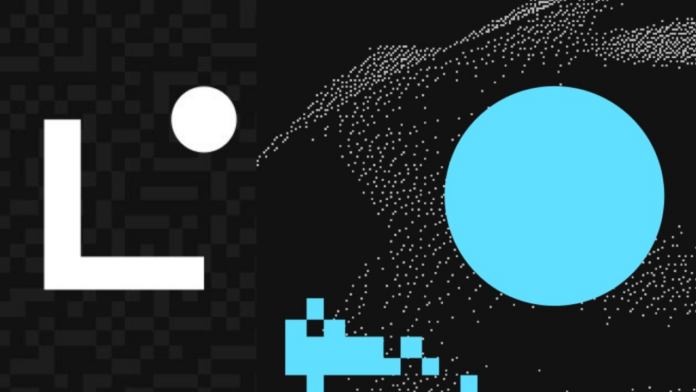The recent incident involving Ethereum layer-2 blockchain Linea underscores a critical challenge in the realm of decentralized finance: the urgent need for more rapid decentralization of layer-2 solutions. On June 2, Linea experienced a significant security breach that saw over $2.6 million in Ether (ETH) siphoned off by a hacker exploiting a vulnerability in the Linea-based decentralized exchange, Velocore. In response, Linea took the drastic step of halting its sequencer to prevent further losses, a move described by the team as a “last resort.”
Alex Gluchowski, CEO of Matter Labs and a prominent voice in the layer-2 community, emphasized the importance of prioritizing decentralization to avoid such centralized interventions. According to Gluchowski, the decentralization of sequencers is not just preferable but essential, urging all serious layer-2 projects to accelerate their efforts in this direction. Linea, a project launched by Consensys, acknowledged this necessity and reiterated its commitment to decentralizing its network as swiftly as possible.
Declan Fox, Linea’s product lead, responded to the criticisms and highlighted the progress the network has made toward decentralization. Despite being relatively new compared to other rollup frameworks, Fox expressed confidence in Linea’s pace, noting that many older frameworks are not significantly further ahead in their decentralization efforts. This perspective was shared in light of Linea’s ongoing campaign, “The Linea Voyage: Surge,” which aims to increase the total value locked (TVL) on Linea to $3 billion. Currently, the blockchain boasts a TVL of over $1.2 billion, according to data from L2BEAT.
However, not everyone is convinced by Linea’s ambitious targets in the wake of the hack. Critics argue that setting such high goals might be premature given the recent security breach. Linea’s halt of its sequencer—an action taken to safeguard users and prevent additional funds from being bridged out—was a stark reminder of the potential vulnerabilities inherent in layer-2 solutions that are still in their nascent stages of decentralization.
The sequence of events began when Linea was alerted to the hack by Hexagate, a security firm that played a crucial role in tracing the stolen funds, identifying vulnerable smart contracts, and pinpointing the exploiter’s addresses. Unfortunately, the timing of the hack complicated immediate communication with Velocore due to time zone differences. Consequently, the decision was made to pause the sequencer between blocks 5081800 and 5081801, a measure designed to prevent further exploitation.
In the aftermath of the incident, Linea resumed block production and reiterated its commitment to decentralizing its network infrastructure. The team stressed that the long-term goal remains to eliminate the need for such centralized interventions by decentralizing the sequencer, thereby enhancing the network’s resilience and integrity. This would ensure that the power to halt block production or censor addresses does not rest with a single entity.
Meanwhile, Velocore is actively collaborating with external networks to issue reimbursements to the affected victims. The incident has sparked a broader discussion within the blockchain community about the pace and priority of decentralization efforts among Ethereum layer-2 solutions. The “training wheels” phase, as described by Linea, reflects a period during which safeguards are still necessary to protect users while the technology matures.
This episode has highlighted the delicate balance that layer-2 solutions must strike between innovation and security. As more projects seek to scale Ethereum’s capabilities, the imperative to decentralize becomes ever more pressing. Linea’s experience serves as a case study in the challenges and imperatives of achieving true decentralization in a timely manner.
The broader implications of this incident extend beyond Linea itself. It raises important questions about the readiness of other layer-2 solutions and their preparedness to handle similar security challenges. As the ecosystem evolves, the push for decentralization will likely intensify, driven by the need to ensure that layer-2 solutions can operate independently and securely, free from the vulnerabilities of centralized control.
Linea’s journey towards decentralization is emblematic of the broader trends and challenges facing the Ethereum layer-2 landscape. While the road ahead may be fraught with obstacles, the commitment to decentralization remains a guiding principle for projects seeking to enhance scalability, security, and user trust. As Linea and its peers navigate these complexities, the lessons learned will be invaluable in shaping the future of decentralized finance and blockchain technology.
The hack and subsequent sequencer halt have undoubtedly been a setback for Linea, but they also represent an opportunity for growth and improvement. By addressing the vulnerabilities exposed by this incident and accelerating its decentralization efforts, Linea can emerge stronger and more resilient. The path to decentralization is not a linear one, but with each challenge overcome, the ecosystem moves closer to realizing the full potential of decentralized finance.
As the blockchain community watches closely, Linea’s response to this incident will likely serve as a benchmark for other layer-2 solutions. The emphasis on decentralization, transparency, and user protection will be critical in building trust and fostering adoption in the rapidly evolving world of blockchain technology. With a clear commitment to these principles, Linea and other layer-2 projects can help pave the way for a more decentralized and secure future.


